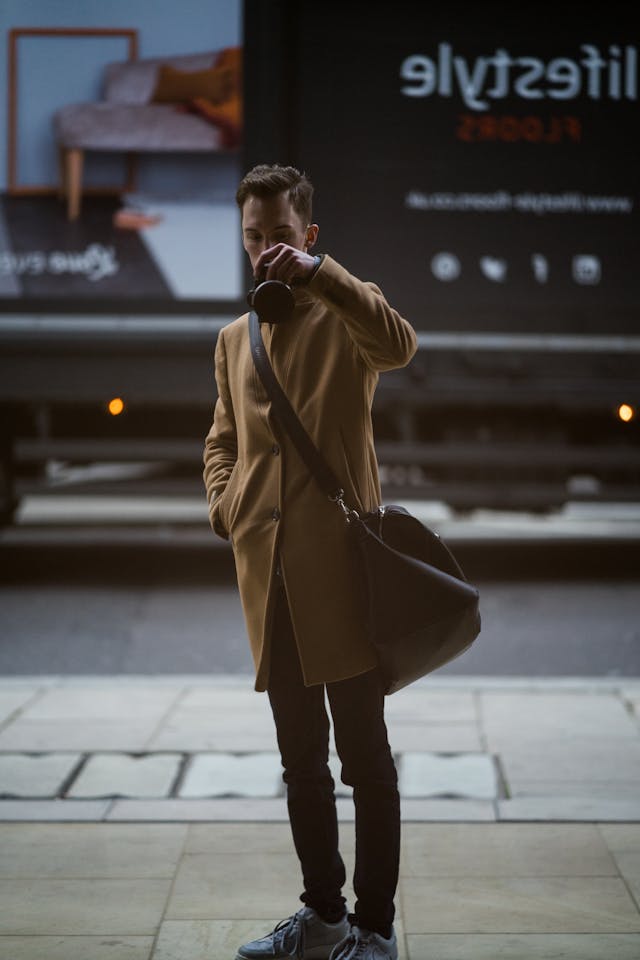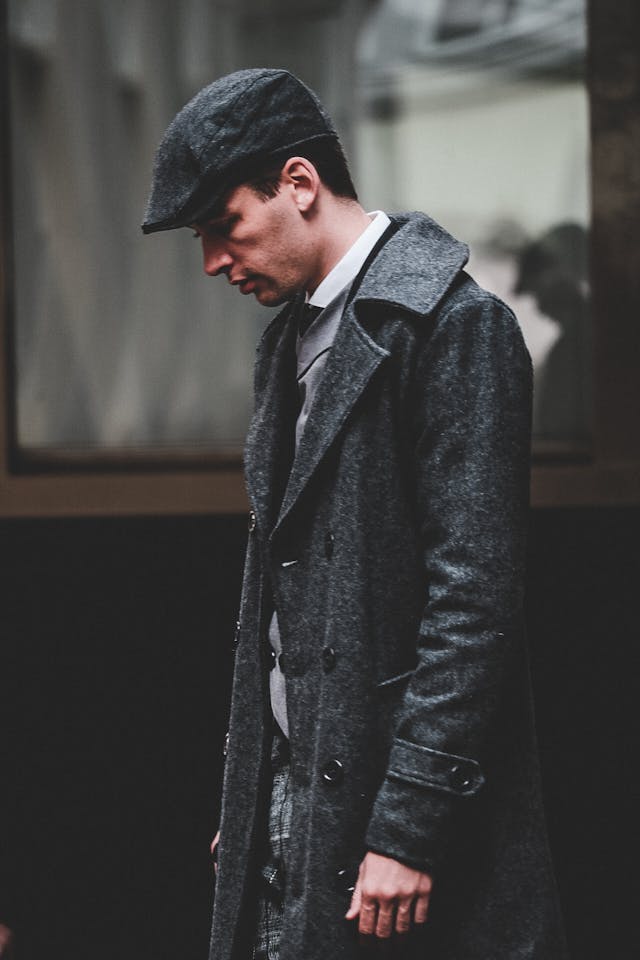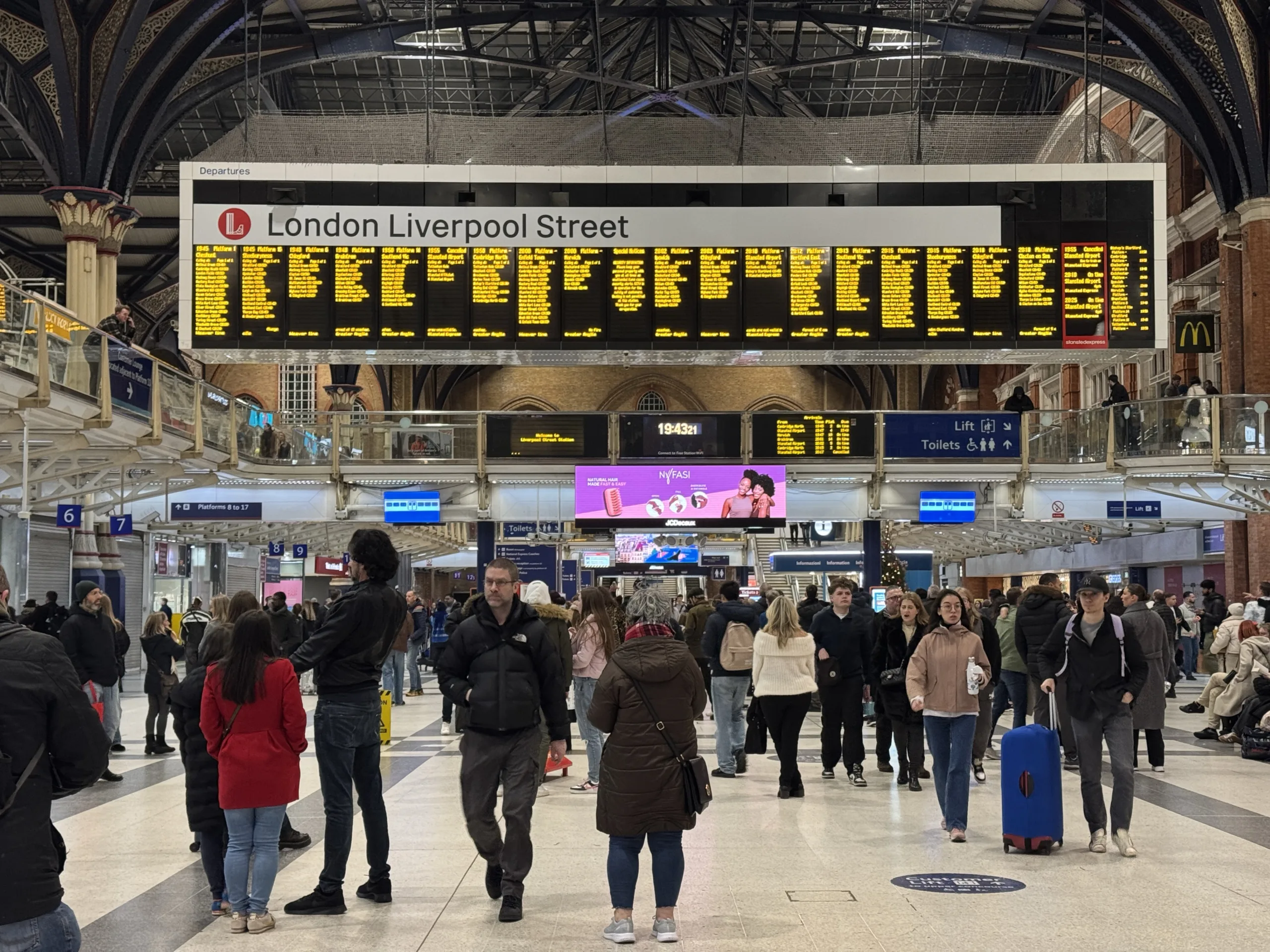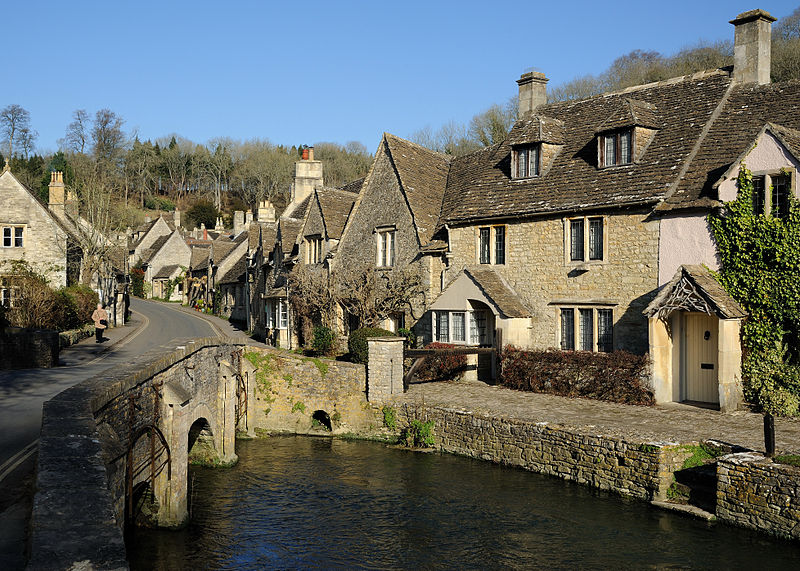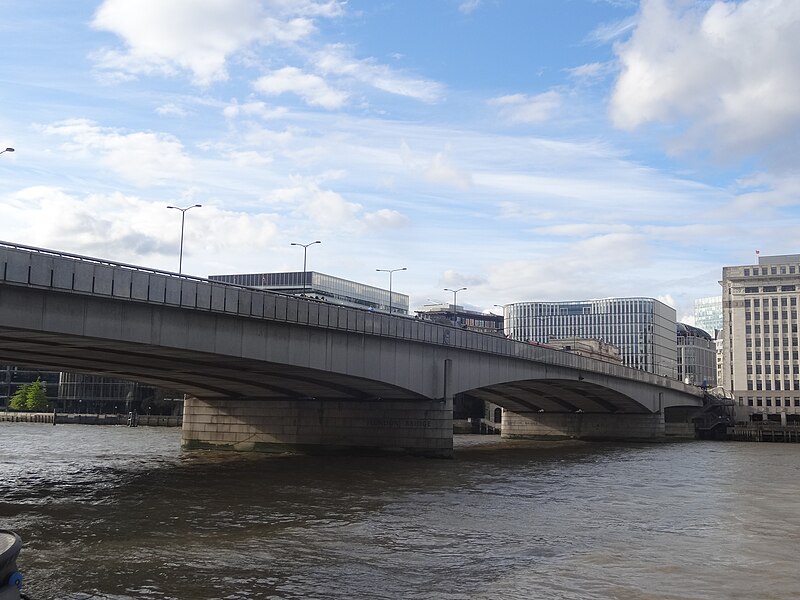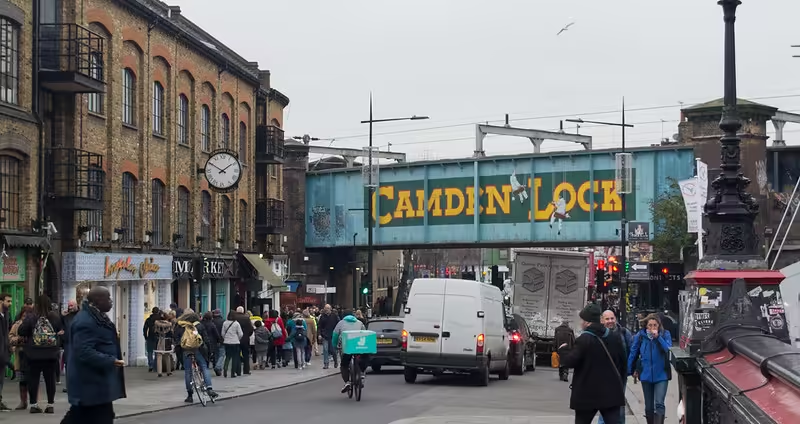
Explore Camden Town in London: Markets, Music, and Must-See Sights
Camden Town in London is one of the city’s most iconic and vibrant areas. Known for its eclectic mix of markets, music venues, and quirky shops, it’s a place where you can truly feel the pulse of the city. Whether you’re a first-time visitor or a seasoned Londoner, Camden Town in London never fails to offer something unique. With its rich history and diverse culture, Camden Town in London is a must-see destination for anyone looking to experience the city’s alternative side.
The Heart of Camden: Camden Lock Market
When you think of Camden Town in London, the first thing that likely comes to mind is the famous Camden Lock Market. This market, located right on Regent’s Canal, is a true treasure trove of creativity and culture, offering everything from vintage clothes to unique art pieces and handcrafted jewellery. It’s a place where you can lose track of time, wandering through rows of stalls, discovering hidden gems, and tasting food from around the world.
The market is divided into different sections, each with its own character. Whether you’re into alternative fashion, international street food, or unique souvenirs, Camden Lock Market caters to all tastes. The bustling atmosphere, combined with the energy of the crowd, makes it one of the most exciting places to visit in London. And the best part? The market is open every day, allowing you to explore at your own pace. This is also where you’ll find the famous Amy Winehouse statue, a tribute to the legendary singer, and the picturesque umbrella alley, which makes for an Instagram-worthy moment.
Camden Town: A Journey Through Culture and Creativity
Camden Town in London is more than just a market; it’s a hub of creativity and culture. Over the years, it has become synonymous with alternative music, arts, and fashion. The streets are lined with independent boutiques selling everything from vinyl records to handcrafted clothes, perfect for those looking for something a bit different from the usual high street offerings. You can easily spend an entire afternoon exploring the area, soaking in the atmosphere, and uncovering the hidden gems tucked away in its narrow streets.
Whether you’re into vintage clothing, indie fashion, or unique artwork, Camden Town offers a style and vibe that’s hard to find anywhere else in the city. The local street art adds an extra layer of creativity, with vibrant murals covering the sides of buildings, making the whole area feel like an open-air gallery.
Entertainment Venues & Concert Halls
One of the most exciting aspects of Camden Town in London is its lively entertainment scene. The area has long been a hotspot for live music and performances, hosting some of London’s most iconic venues. If you’re a music lover, Camden offers a variety of places to enjoy live performances. The Blues Kitchen on Camden High Street is an incredible venue to catch live blues and soul acts, offering a fantastic vibe along with delicious food.
On nearby Parkway, you’ll find the legendary Jazz Cafe, a venue known for hosting top jazz acts and other soulful performances. If you’re in the mood for a different type of music, Electric Ballroom is a must-visit venue on Camden High Street, offering a wide range of performances from indie rock to electronic music. For something a little more unique, head to the Hampstead Comedy Club, where you can enjoy stand-up comedy in a relaxed, intimate setting.
For live music lovers, PowerHaus and Comedy Carnival Camden on Crowndale Road are excellent options. These venues offer an eclectic mix of concerts and performances, from up-and-coming bands to comedy shows that will have you in stitches. The Etcetera Theatre, located just off Camden High Street, also hosts an impressive array of plays, comedy shows, and live performances, offering a more intimate theatre experience.
Camden Town Market Opening Times: Plan Your Visit
If you’re planning to visit Camden Town Market in London, it’s important to know the opening times. Camden Market is open every day, with the busiest days being Saturdays and Sundays. The stalls are typically open from 10 am until around 6 pm, though some food vendors and shops may stay open later, especially on weekends. If you’re keen to avoid the crowds, weekdays offer a more relaxed atmosphere, while weekends are perfect for soaking in the energy of the bustling market.
Whether you’re looking to shop for unique items, sample delicious street food, or simply soak in the vibe of this lively area, Camden Town Market is always a great choice. The market is an integral part of the Camden Town in London experience, and no visit would be complete without spending some time wandering through its diverse stalls.
Discover Camden Town’s Music Scene
One of the most exciting aspects of Camden Town in London is its music scene. For decades, Camden has been a haven for musicians, bands, and music lovers alike. The area is home to a number of legendary venues, including the Roundhouse, a historic venue that has hosted some of the world’s most famous artists. If you’re a fan of live music, Camden offers an abundance of small venues and clubs where you can catch up-and-coming artists, or even discover hidden musical gems.
The music culture in Camden Town is deeply rooted in its history, dating back to the days when punk rock and alternative music began to take shape. Today, the area continues to celebrate this heritage, with live performances happening regularly in venues across the town. Whether you’re into rock, indie, or electronic music, you’ll find something to suit your tastes in Camden.
Enjoy the Vibrant Atmosphere of Camden Town London England
Visiting Camden Town in London isn’t just about shopping or eating—it’s about embracing the vibrant atmosphere that permeates the area. The streets are always full of life, with street performers, musicians, and artists showcasing their talents. Camden’s atmosphere is a blend of youthful energy, creativity, and individuality, making it one of the most dynamic areas in London.
If you’re lucky, you might even stumble upon a street performance or an impromptu gig as you explore the neighbourhood. Whether it’s the sound of a busker’s guitar or the sight of a street artist painting a new mural, Camden Town in London captures the spirit of London’s artistic soul. It’s a place where you can truly experience the city’s diverse cultural fabric.
Landmarks and Graffiti: Camden’s Unique Touch
As you explore Camden Town in London, don’t forget to look up and around. The streets of Camden are decorated with striking street art, graffiti, and murals that bring the neighbourhood to life. Some pieces are bold, others more subtle, but they all add to the area’s character. You’ll find several iconic landmarks in the area, including the famous Amy Winehouse statue near Camden Lock Market and other fascinating artworks scattered throughout the streets.
Camden is known for its blend of alternative culture and history, with its landmarks telling stories of the city’s musical past and rebellious spirit. The vibrant graffiti and street art reflect this attitude, adding an extra layer of colour to the area and showcasing its free-spirited personality.
Conclusion: Why Camden Town in London Is a Must-Visit
Camden Town in London offers an eclectic mix of culture, creativity, and energy that can’t be found anywhere else in the city. From the bustling Camden Lock Market to the vibrant music venues, the area offers an unforgettable experience. Whether you’re into fashion, food, or live music, Camden Town in London has something to offer. Don’t forget to check the Camden Town market opening times to make sure you don’t miss out on the full experience.
If you’re looking for a place that captures the spirit of London, Camden Town is the perfect destination. It’s a place that celebrates individuality, creativity, and diversity—qualities that make London the amazing city it is. So, the next time you’re in the area, be sure to take a stroll through Camden Town in London and discover why it’s one of the most exciting places to visit in the city.


